I’ve only recently discovered Ricardo Lopes and his interviews of all kinds of interesting people. Here is one from a couple of years ago of Keith Frankish, the most prominent contemporary ch…
Category: futurism – Page 62
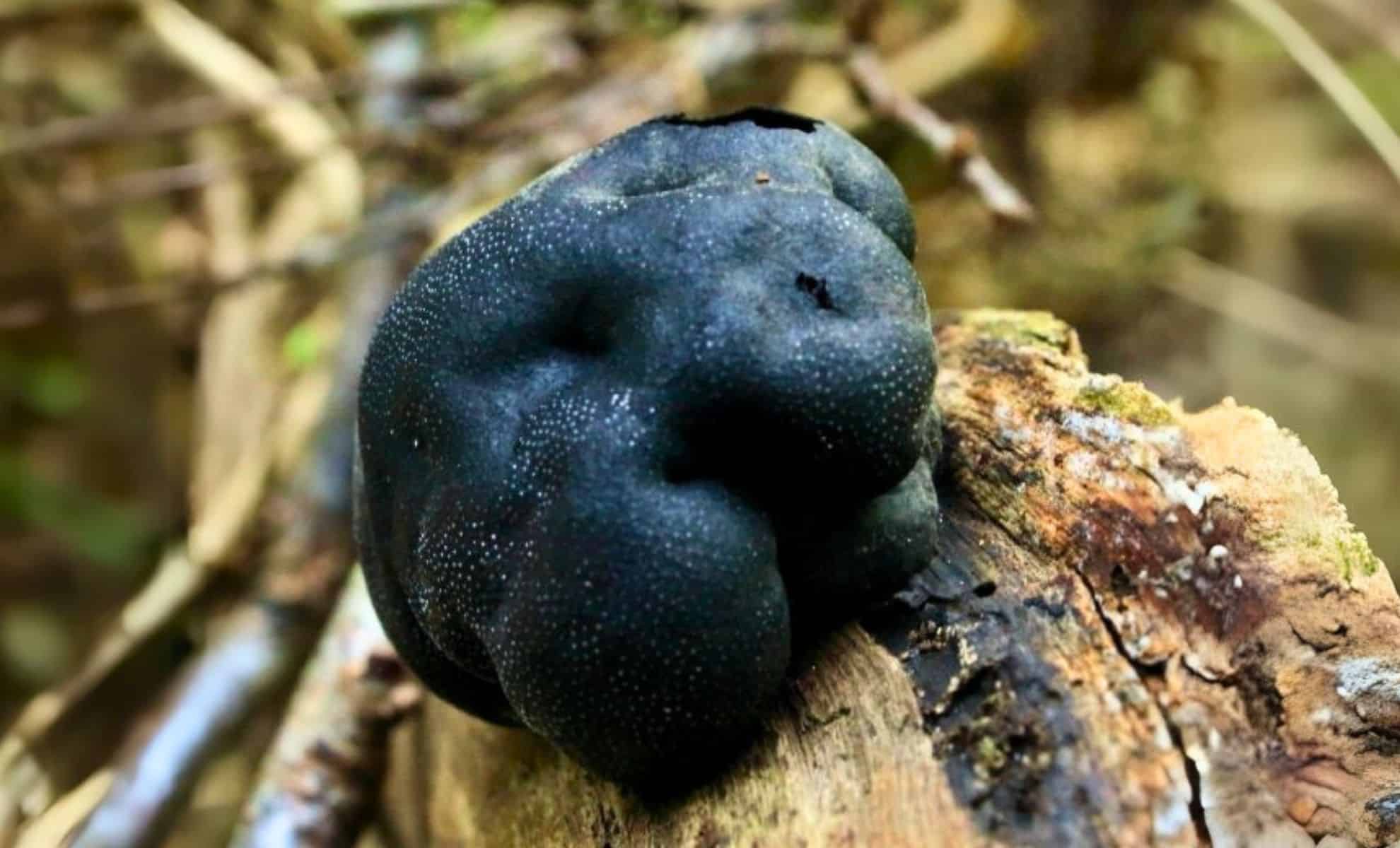


The Future of Artificial Intelligence in Sports
If you’re wondering how artificial intelligence may begin to interact with our world on a more personal level, look no further than the landscape of sports. As the technology of machine learning becomes more mature and the need for human officiating becomes less necessary, sports leagues have found creative ways to integrate the concept of “computer referees” in ways we may not have initially expected.
Tennis, for example, has been a leading figure in adopting AI officiating. The Hawk-Eye System, introduced in the early 2000s, first changed tennis officiating by allowing players to challenge calls made by line judges. Hawk-Eye, which used multiple cameras and real-time 3D analysis to determine whether a ball was in or out, has today developed into a system called Electronic Line Calling Live, known as ELC. The new technology has become so reliable that the ATP plans to phase out line judges in professional tournaments by the summer of this year.
The Australian Open has taken this system a step further by testing AI to detect foot-faults. Utilizing skeletal tracking technology, the system monitors player movements to identify infractions, improving match accuracy and reducing human error. However, a glitch in the technology did make for a funny moment during this past year’s Australian Open when the computer speaker repeated “foot-fault” before German player Dominik Koepfer could even begin his serve.
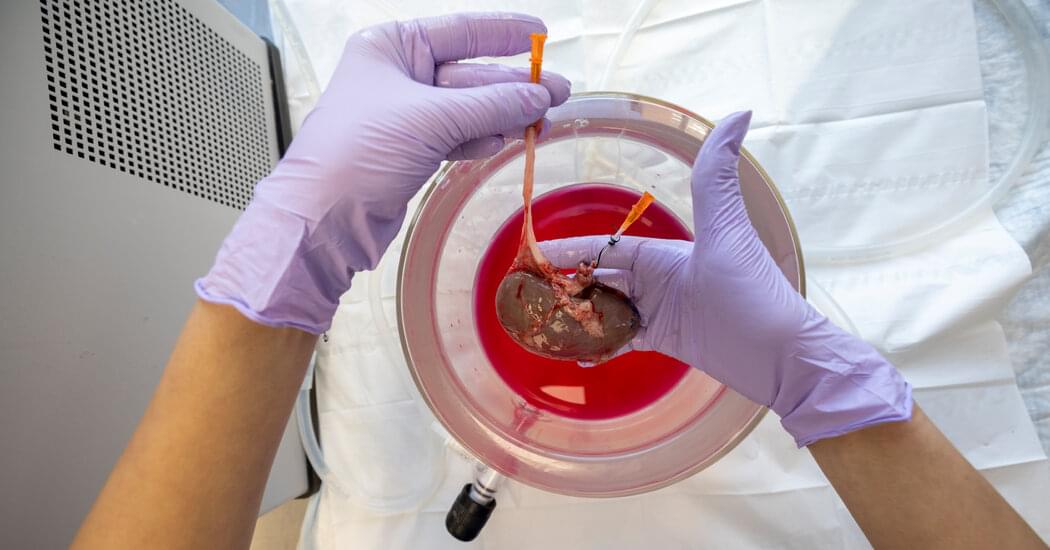
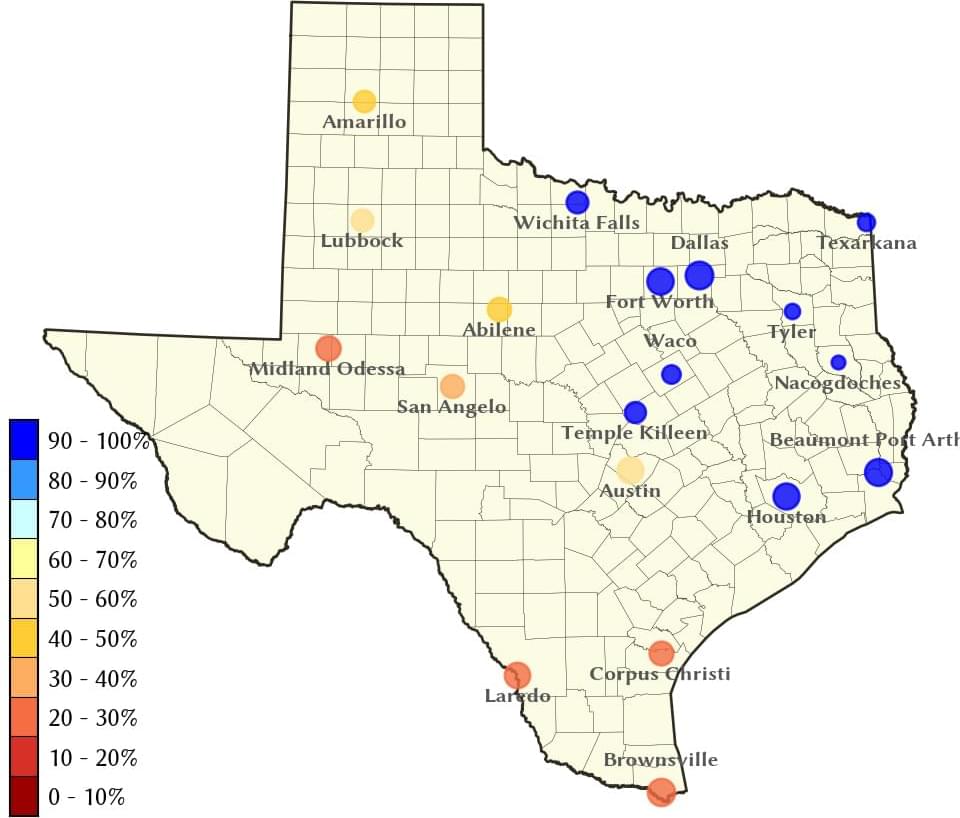
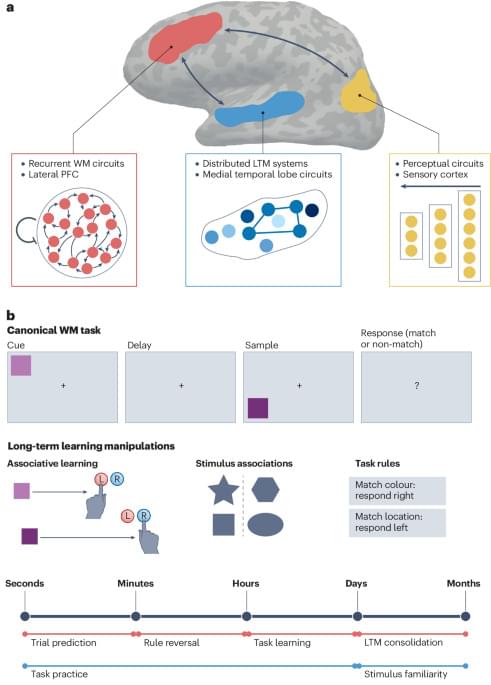
Timescales of learning in prefrontal cortex
The prefrontal cortex is critical for working memory, over a timescale of seconds. In this Review, Miller and Constantinidis examine how the prefrontal cortex facilitates the integration of memory systems across other timescales as well. In this framework of prefrontal learning, short-term memory and long-term memory interact to serve goal-directed behaviour.
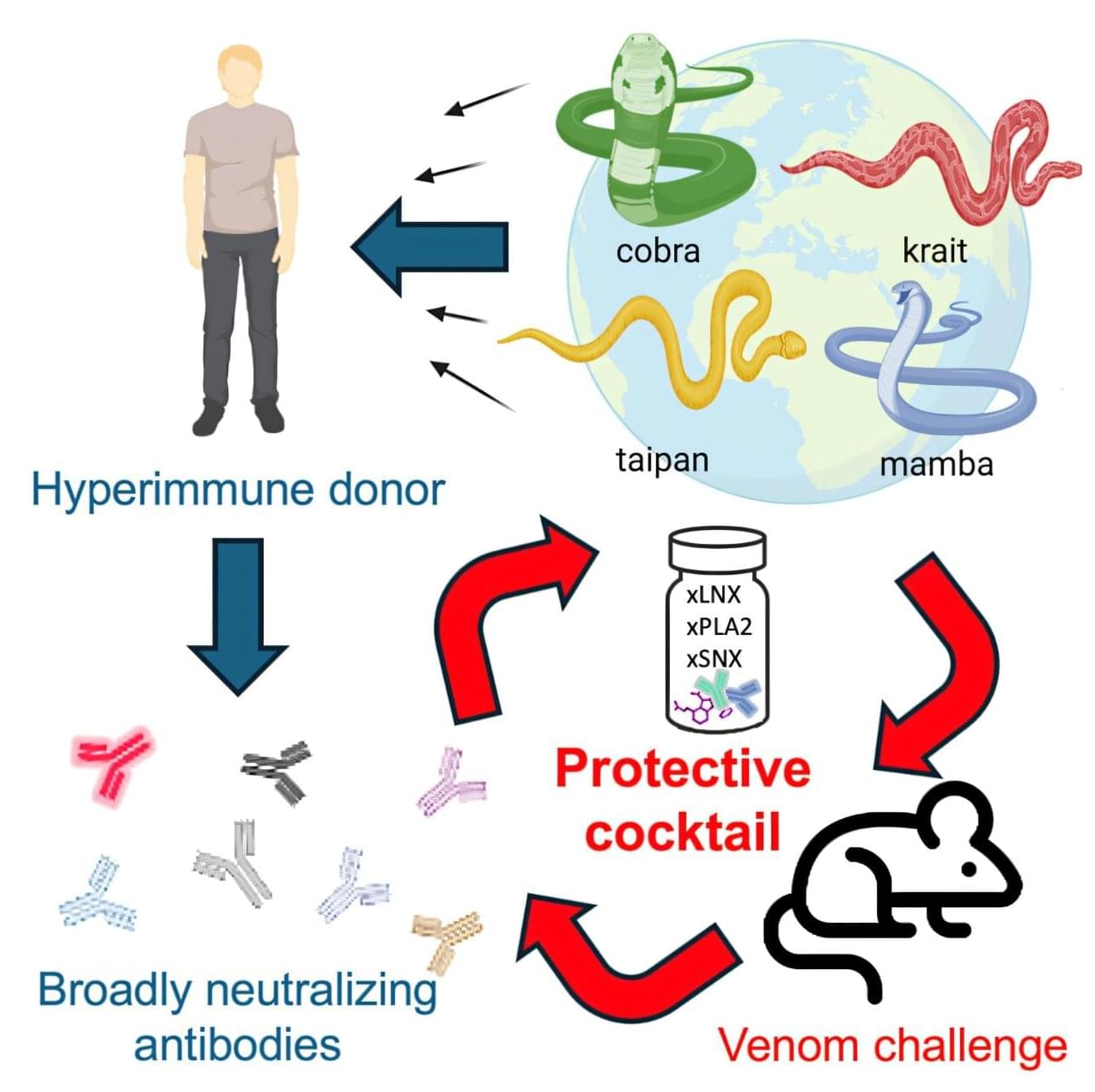
Scientists develop antivenom that neutralizes the neurotoxins of 19 of the world’s deadliest snakes
By using antibodies from a human donor with a self-induced hyper-immunity to snake venom, scientists have developed the most broadly effective antivenom to date, which is protective against the likes of the black mamba, king cobra, and tiger snakes in mouse trials. Described in the journal Cell, the antivenom combines protective antibodies and a small molecule inhibitor and opens a path toward a universal antiserum.
How we make antivenom has not changed much over the past century. Typically, it involves immunizing horses or sheep with venom from a single snake species and collecting the antibodies produced. While effective, this process could result in adverse reactions to the non-human antibodies, and treatments tend to be species and region-specific.
While exploring ways to improve this process, scientists stumbled upon someone hyper-immune to the effects of snake neurotoxins. “The donor, for a period of nearly 18 years, had undertaken hundreds of bites and self-immunizations with escalating doses from 16 species of very lethal snakes that would normally kill a horse,” says first author Jacob Glanville, CEO of Centivax, Inc.

Antimicrobial Use in Companion Animals
Antimicrobial resistance (AMR) presents a serious challenge in today’s world. The use of antimicrobials (AMU) significantly contributes to the emergence and spread of resistant bacteria. Companion animals gain recognition as potential reservoirs and vectors for transmitting resistant microorganisms to both humans and other animals. The full extent of this transmission remains unclear, which is particularly concerning given the substantial and growing number of households with companion animals. This situation highlights critical knowledge gaps in our understanding of risk factors and transmission pathways for AMR transfer between companion animals and humans. Moreover, there’s a significant lack of information regarding AMU in everyday veterinary practices for companion animals.
